Which Boruto manga arc places above the rest? This ranking analyzes all eight canonical storylines without filler.
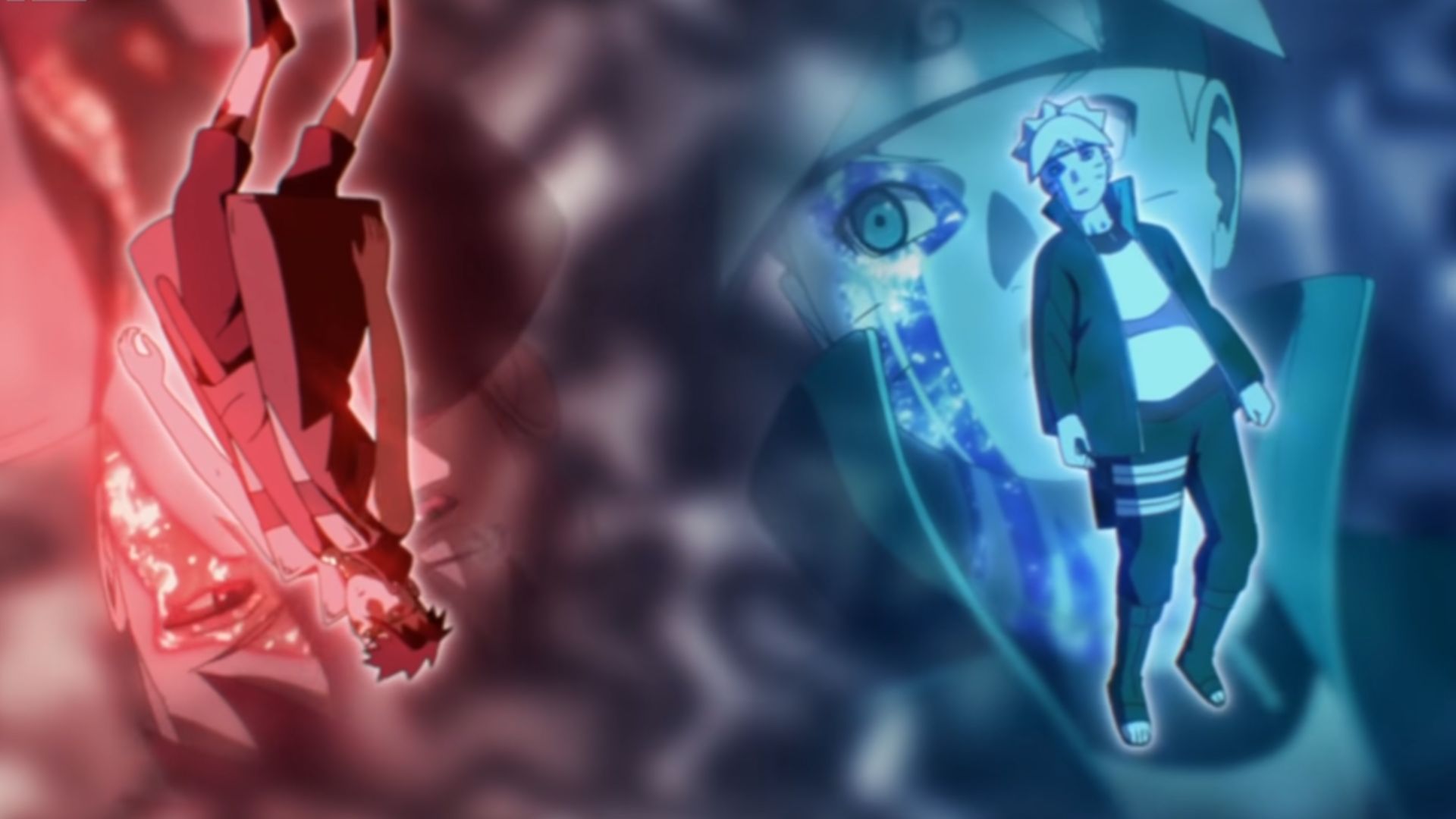
Boruto Uzumaki is the son of our beloved Seventh Hokage and legendary shinobi from Leaf Village, Naruto Uzumaki. His journey since his debut, Boruto: Naruto Next Generations has built thrilling storylines that build upon the shinobi world set by its predecessor. Boruto‘s story illustrates everything from intense battles to moving character growth. These arcs carry uniqueness, though some surely shine brighter than others.
For this ranking, we’re solely focusing on the manga arcs of Boruto. This means only the canonical storylines are directed, and no filler content is included.
Ready to see if your favorite Boruto arc made it to the top.
8) Code Assault Arc
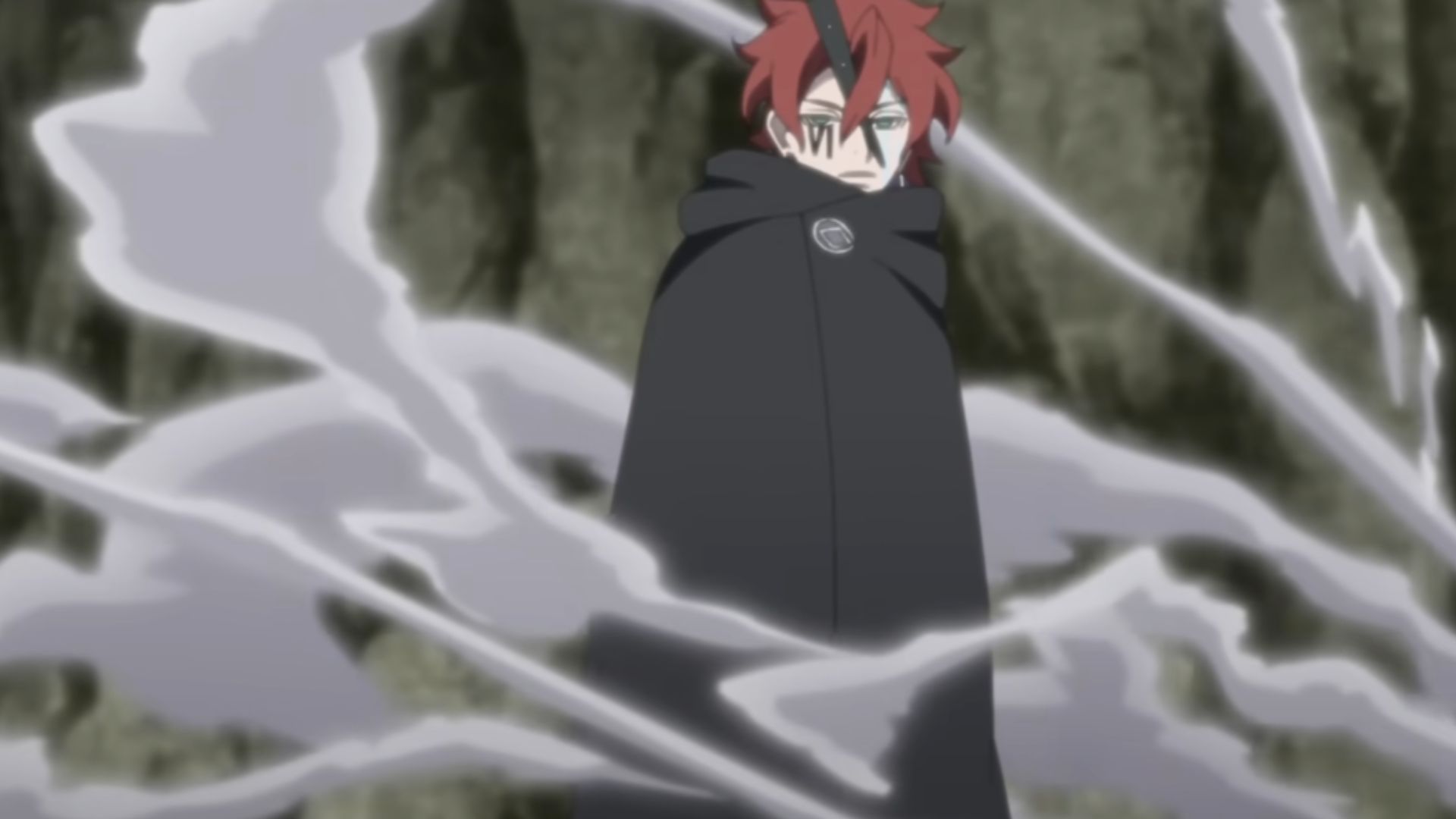
The Code Assault Arc of Boruto ranks as the most disappointing storyline in the series. The series fans hoped Code to arise as a challenging antagonist, but the execution fell flat. This arc suffers from pacing issues and underdeveloped characters that make it hard to fully infuse them in the conflict.
Code’s plan of vengeance against Boruto and his allies had potential, but the storyline constantly feels like it’s treading water rather than making momentous improvement. The fight sequences, while impressive, lack the emotional importance that made earlier confrontations so indelible. Corresponded to other Boruto arcs, it simply doesn’t deliver the same level of excitement or narrative satisfaction that fans have come to expect from the series.
7) Mujina Bandit Arc

The Mujina Bandit Arc serves as a transitional storyline in Boruto’s journey. It illustrates a smaller-scale adventure after more world-threatening events. This arc concentrates on a prison break and orients the cunning Mujina Bandits, giving viewers a break from the Otsutsuki-related dangers.
His undercover mission requires strategy and adaptability. The arc also provides welcome screen time for Team 7’s dynamics, highlighting their developing teamwork and individual strengths. Yet, the Mujina Bandit Arc eventually suffers from feeling somewhat trivial in the grand scheme of Boruto’s story.
The baddies, though competently written, don’t leave a lasting impression compared to the series’ more memorable antagonists. Still, it acts as a stable, if unspectacular, chapter in Boruto‘s ongoing saga.
6) Ao Arc
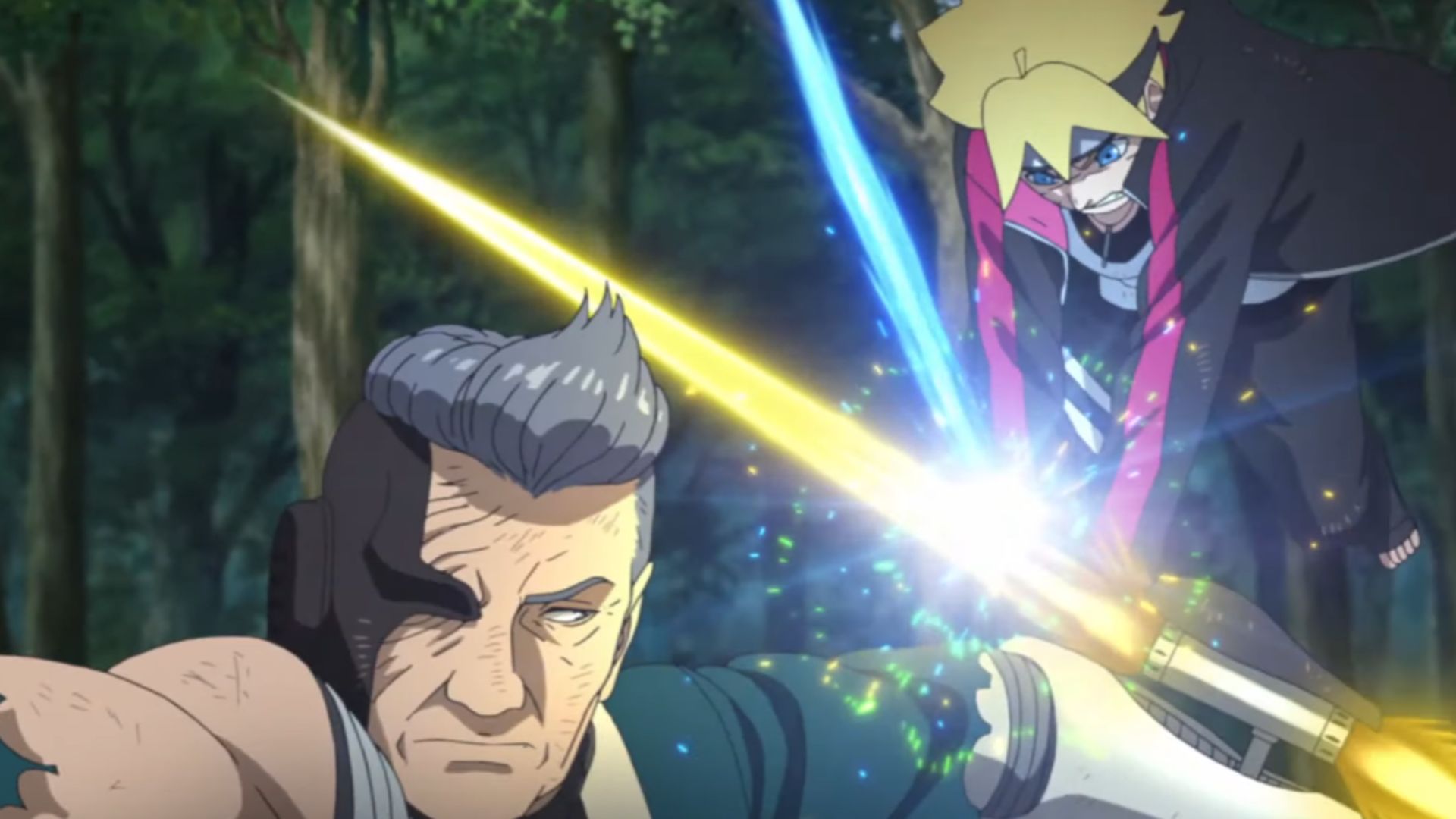
The Ao Arc sketches an important turning point in Boruto‘s narrative, reintroducing a character from Naruto Shippuden in a different light. This Boruto arc studies the darker side of ninja technology, as the former Allied Forces commander Ao returns as a cybernetically improved assassin operating for Kara. The action series are tightly phased, showcasing jutsu and futuristic weaponry in clever ways.
The Ao Arc successfully bridges the series’ lighter early stories with the darker tone of later arcs. While not the most emotionally impactful Boruto storyline, it excels in world-building. Ao’s ultimate fate provides a satisfying conclusion that makes this a solid mid-tier entry in the series’ narrative journey.
5) Post Boruto’s Return Arc
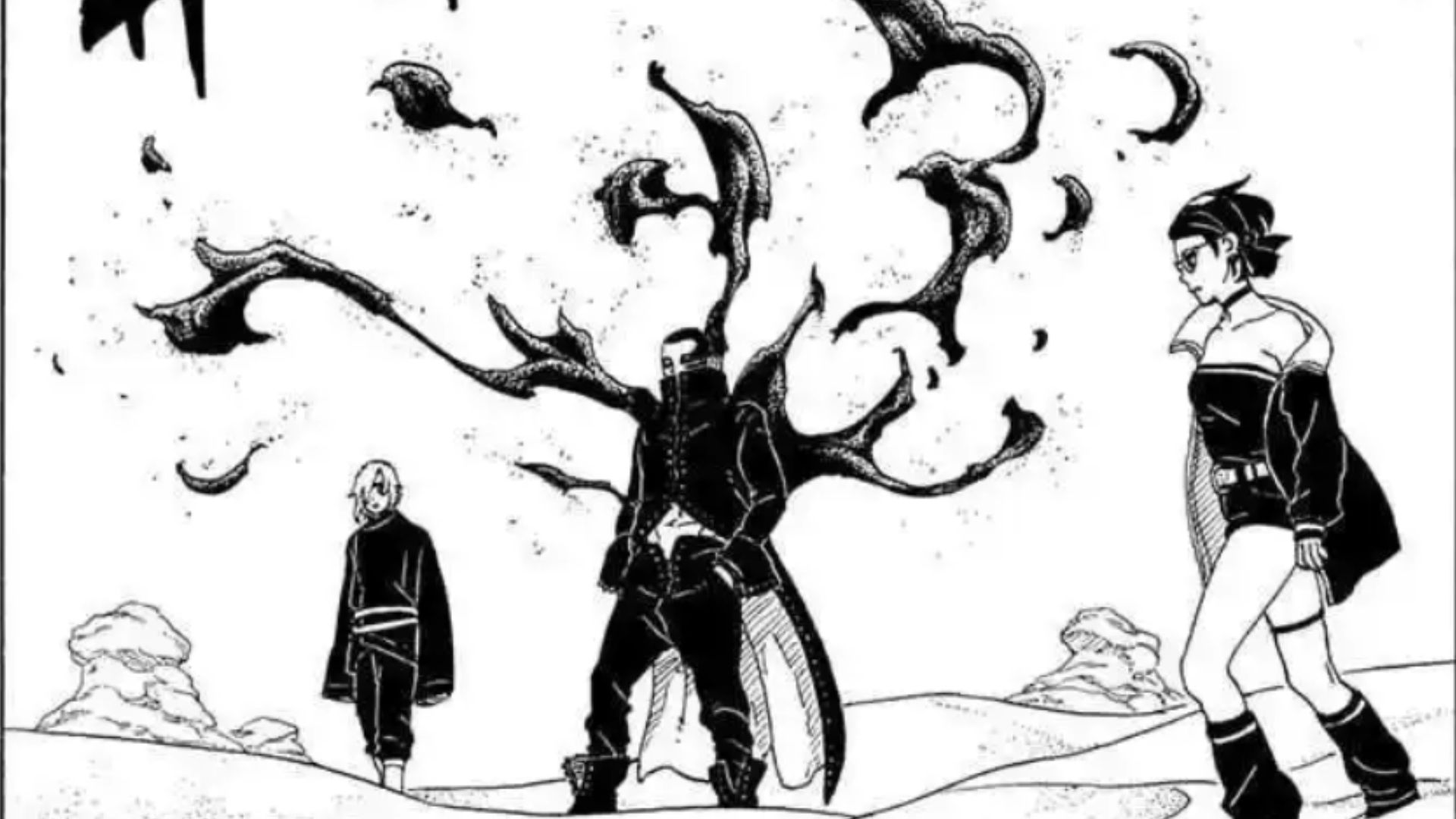
The Post Boruto’s Return Arc delivers a fascinating exploration of consequences and adjustment after Boruto’s significant absence. This Boruto: Two Blue Vortex arc excels in examining how relationships and power dynamics shift when a central figure returns to a world that has continued evolving without them. The emotional depth here surpasses many other storylines.
In here, we see Boruto stumbling to find his place in a village that has adjusted to life without him. The arc also brilliantly extends the supporting cast, giving secondary characters noteworthy moments that enhance the general narrative. While it may not feature the most stunning battles in the series, the vibrant stakes feel just as high as any physical confrontation.
4) Boruto’s Return Arc
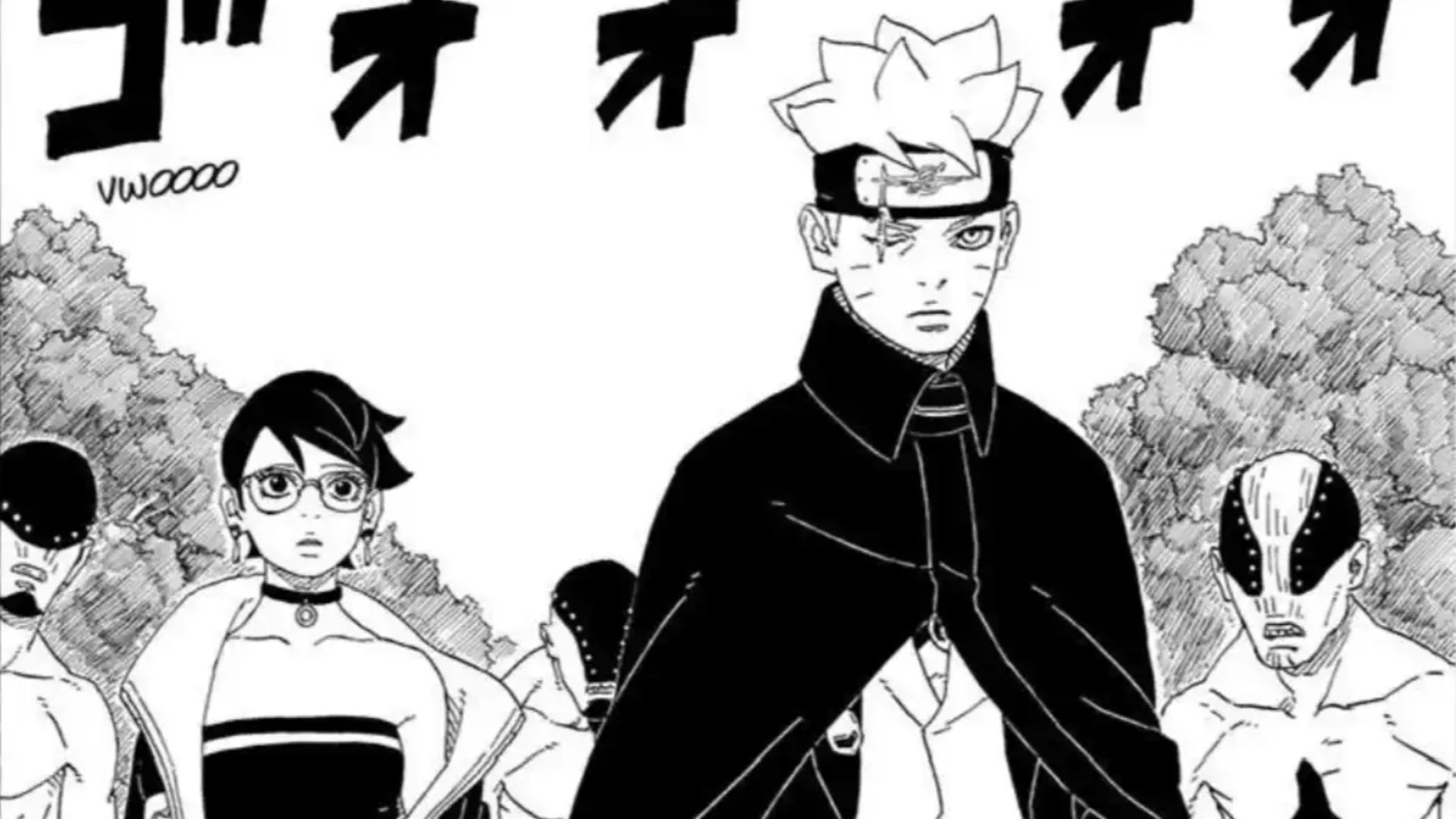
The Boruto’s Return Arc bears one of the series’ most emotionally impactful storylines. After events that diverged him from the Hidden Leaf Village, Boruto’s homecoming is anything but straightforward. He returns by carrying emotional scars and newfound resolve that transforms his approach to being a shinobi. The reunion scenes with family and friends hit especially hard after a three-year time skip.
The Boruto’s Return Arc also excels in its antagonists, who serve as perfect foils to Boruto’s evolved character. The fight choreography reaches new heights, showcasing creative jutsu applications and strategic depth. This arc represents Boruto stepping out of his father’s shadow completely.
3) Momoshiki Arc
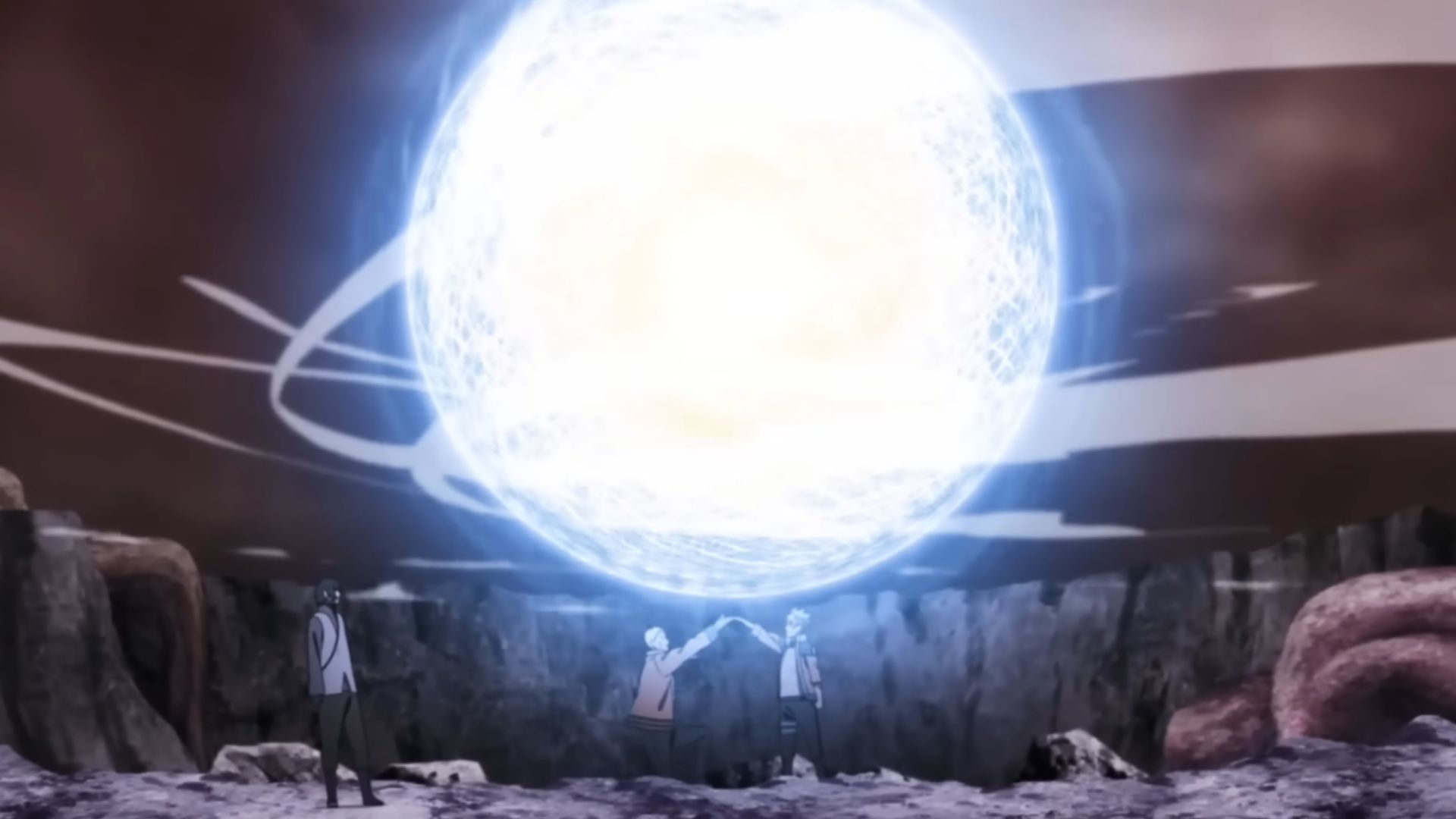
The Momoshiki Arc presents a clarifying chapter in Boruto‘s story and produces breathtaking action sequences and crucial character development. It presents the Otsutsuki danger in full force, with Momoshiki and Kinshiki’s attack on the Chunin Exams. The stakes feel genuinely elevated as even the strongest ninja toil against these otherworldly opponents.
Also, the father-son dynamics run an emotional peak here, as Boruto finally begins to understand Naruto’s burden and responsibility. Their merged Rasengan moment feels satisfying to see at the last fight. Past the action, this Boruto arc plants crucial seeds for future storylines, including Boruto receiving Karma.
2) Kawaki Arc

The Kawaki Arc defines Boruto at its narrative peak, introducing a character who recasts the series in new ways. When the enigmatic Kawaki reaches the Hidden Leaf Village, both the story and Boruto himself confront their greatest evolution. This Boruto arc forms a complex relationship between Boruto and Kawaki—two young men connected by fate and the dangerous power of Karma.
Kawaki’s traumatic past under Jigen’s control makes a persuasive backstory that explains his initial animosity and makes his gradual acceptance into the Uzumaki family genuinely moving.
The parallel journeys of Boruto and Kawaki propose fascinating contrasts: one raised with love but seeking recognition, the other outliving abuse and learning to trust. The miscreants of this arc, especially Jigen and the inner workings of Kara, bring a level of threat and intrigue that raises the stakes.
1) Omnipotence Arc
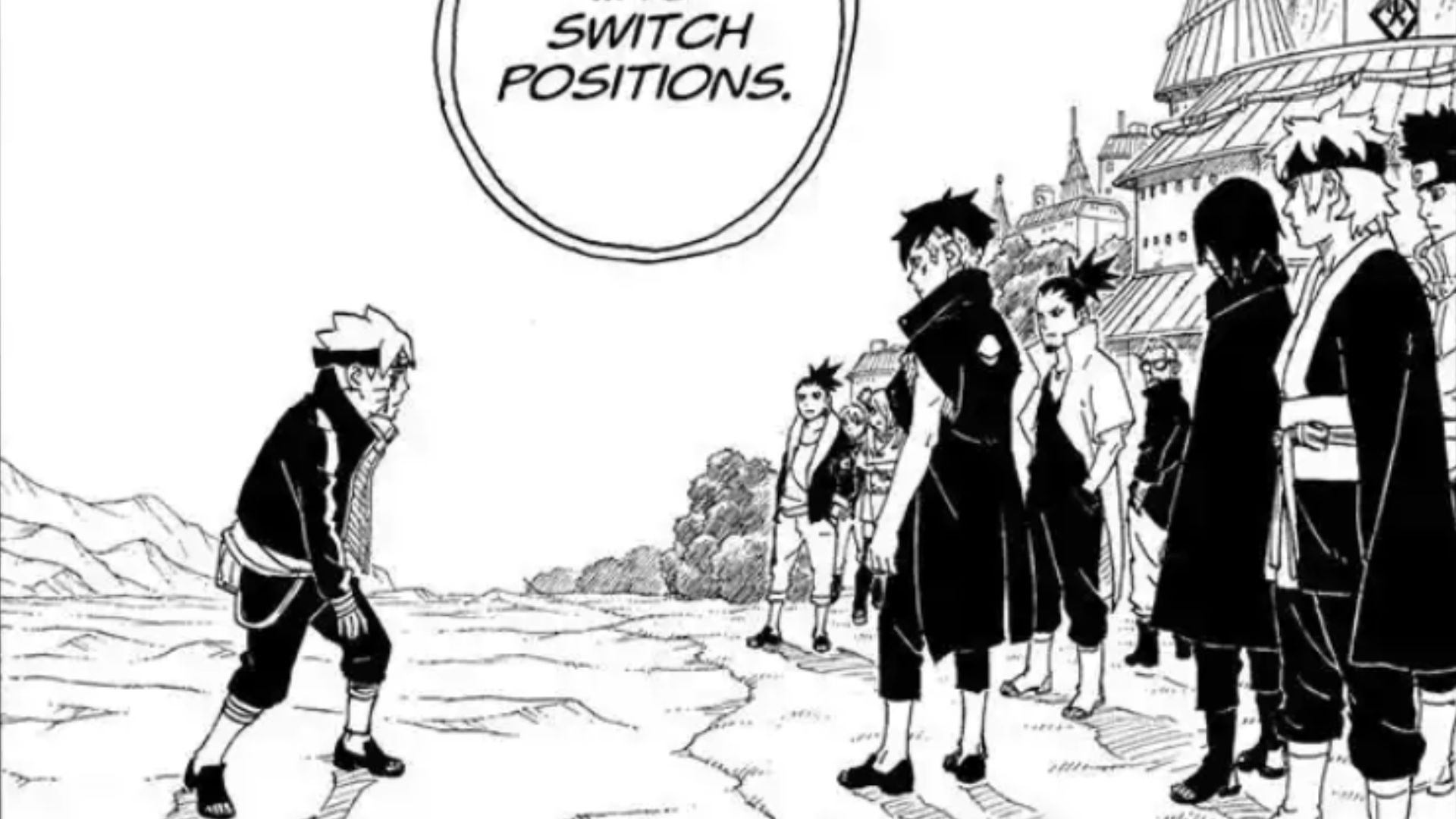
The Omnipotence Arc is Boruto’s crowning achievement. It delivered everything fans could want from the series. This Boruto arc combines breathtaking action sequences with character development and world-altering revelations. The narrative scope expands beyond anything previously seen.
Boruto’s journey reaches full circle as he meets challenges that push not just his abilities but his values and identity. The Omnipotence Arc also excels in its adversaries, who surpass simple villainy to express philosophical opposition to the shinobi world. The arc elevates the storyline, placing Boruto: Naruto Next Generations as a worthy successor to its legendary predecessor and a phenomenal series in its own right.
Conclusion
Above all, some Boruto arcs have struggled with pacing or stakes, but the best storylines gave everything precious about the franchise. The series is truly exceptional in its ability to honor the heritage of Naruto while inscribing a new identity. Even lower-ranked arcs also contribute essential segments to the overall narrative.
Looking For More?
Thank you for reading the article. We provide the latest news and create guides for Baldur’s Gate 3, Starfield, ARK Survival Ascended, and more. Also, watch Deltia play games on Twitch or visit his YouTube channel!
 Reddit
Reddit
 Email
Email


